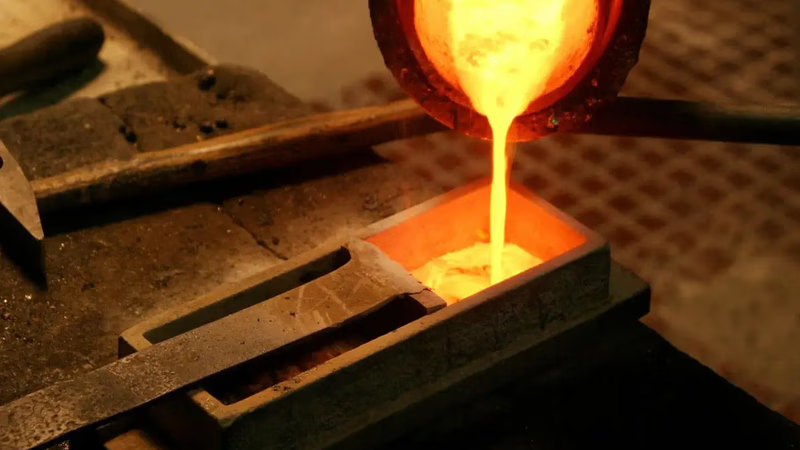
Distinguishing second-hand gold jewelry from new pieces.
Second-hand gold jewelry may show signs of wear and tear that are not present in new pieces. Look for scratches, dents, or any other visible damage that may have occurred over time. Pay attention to areas that would naturally experience more wear, such as the back of rings or the clasp of a necklace. Over time, gold jewelry can develop a patina or tarnish, especially if it hasn't been properly cleaned or stored. This can give the piece a slightly darker or duller appearance. However, keep in mind that some people prefer the aged look and intentionally maintain the patina on their jewelry.
Second-hand jewelry may have undergone repairs or soldering to fix broken or damaged parts. Look for any visible solder marks or signs of previous repairs, such as additional prongs, resized bands, or reattached clasps. These can indicate that the jewelry has been previously worn and repaired. Check for hallmarks or stamps on the jewelry, as they can provide information about the metal's purity and indicate whether it is new or second-hand. If the piece has an older hallmark or stamp, it suggests that it is not brand new. However, keep in mind that hallmarks can be forged or added to counterfeit jewelry, so further authentication is advisable.
The second-hand gold market has long been hot; distinguishing first-hand and second-hand gold may be somewhat difficult. The easiest way to identify second-hand gold is to look at its appearance, especially the lock and strap in which it is used. In second-hand gold, these parts are less shiny compared to other parts, and due to the uses of gold, scratches can be seen in these parts. What is 24 carat gold? Carat is a unit of measurement for the purity of gold alloys and other precious metals. The grade of gold is usually expressed as a complete unit of 24.
For example, 24 carat gold is pure gold with at least 99.9% gold and 18 carat gold is composed of 75% gold and 25% other metal. Pure gold is not suitable for making most items because of its softness, so most of the gold used in jewelry is not pure gold, and goldsmiths add copper and silver to make it into jewelry. It can be made by lowering the grade.
In Iran, 18 carat is used, but in Arab countries, the gold grade varies between 20 and 24, and in European countries or the United States, 14 carat is usually used. So do not be deceived by anything called 24 carat gold under any circumstances. The only gold that is pure 24 carats is gold bullion, and because bullion is a soft metal, jewelry cannot be made from it alone. It is easy to distinguish gold from silver and platinum. As a general principle, most gold is loaded with the English letter K next to a number that indicates its grade. Silver is stamped with an oval mark and platinum is marked with the letters of PT, so you do not have to struggle to tell the difference.
In general, we have 4 types of precious stones (diamond, emerald, sapphire and sapphire) and a large number of semi-precious stones such as amethyst, citrine, topaz and so on that the landing of these stones on gold turns it into jewelry. What stone to prioritize when buying jewelry or to determine the quality of the stone is the concern of many jewelry buyers; In general, gemstone is valuable for three reasons.
Beauty and luminosity, scarcity and durability, diamond, which is a type of diamond, is higher in terms of luster and durability than other stones, and since it has been well managed since the beginning of exploration, it has a good market supply and demand, but stones Emeralds and sapphires are rarer and their high quality is of great value and makes them increasingly expensive, but it is beyond the reach of ordinary people to determine the quality of all stones.
New jewelry often comes with original packaging, such as branded boxes, tags, certificates of authenticity, or receipts. Second-hand jewelry may not have these accompanying items unless it was sold with the original documentation. However, the absence of packaging or documentation does not necessarily indicate that the jewelry is second-hand, as some sellers discard or lose these items. The price can sometimes provide a clue about whether the jewelry is second-hand or new. Second-hand jewelry is typically priced lower than new pieces, reflecting its pre-owned status. Consider the price in relation to the market value and compare it with the cost of similar new jewelry. Additionally, consider the source of the jewelry. If it is sold through a reputable second-hand jewelry store or platform, it is more likely to be genuinely pre-owned.
-
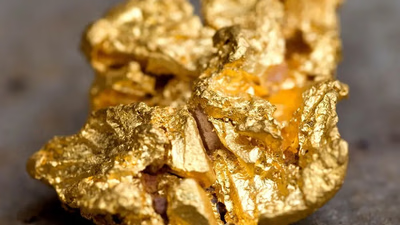
Understanding the intricacies of buying and selling jewelry and gold is crucial for successful transactions. Key factors include recognizing different types of jewelry, such as fine, fashion, and antique pieces, as well as understanding gold"s purity, weight, craftsmanship, and market trends. Authenticity verification is essential; look for hallmarks indicating metal purity and request certificates for gemstones from reputable labs. Assess the condition of items carefully, considering aspects like damage and overall craftsmanship. Negotiation skills are vital; clearly communicate expectations and document transaction details to prevent disputes. Security during transactions should not be overlooked—conduct them in reputable locations and consider secure payment methods. Familiarity with legal regulations regarding jewelry sales in your area is also important. In the Middle East, 18-carat gold is preferred due to its balance of quality and value.
Buyers should be aware of the emotional significance of jewelry while also staying informed about market prices to ensure fair transactions. Engaging with trustworthy sellers or buyers can enhance the experience and lead to better deals. "
-
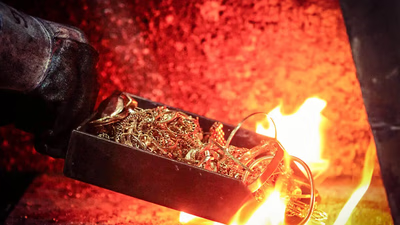
Western Asia"s jewelry making is characterized by a blend of traditional craftsmanship and modern techniques. Each region showcases unique styles, with methods like filigree and engraving being prevalent. Jewelry serves not only as adornment but also reflects cultural identity and social status, playing a vital role in weddings and religious ceremonies. Major cities such as Istanbul and Dubai are key players in the jewelry trade, with Dubai being a significant hub for gold and diamond transactions. Wages for jewelry makers vary across the region; in the UAE, they range from AED 2,000 to AED 6,000 monthly, while in Saudi Arabia, they range from SAR 3,000 to SAR 7,000. Turkey"s wages fall between TRY 2,000 to TRY 5,000. The complexity of designs influences wages significantly; handcrafted pieces command higher prices compared to machine-made items. The global demand for unique jewelry continues to rise, with Western Asia exporting significant quantities of gold and diamond pieces that highlight its rich craftsmanship. The influence of Islamic art is evident in many designs, incorporating geometric patterns and calligraphy that reflect cultural heritage.
-
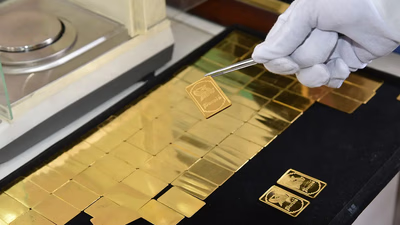
Factors influencing gold prices include global economic conditions, interest rates, inflation, currency fluctuations, and geopolitical tensions. Historical data analysis reveals patterns that can inform future price movements, although past performance is not a guarantee. Technical analysis of price charts and indicators aids in identifying trends and potential targets. Broader macroeconomic factors such as economic growth rates and trade dynamics also play a role in shaping investor sentiment towards gold as a safe-haven asset. Recent trends show a positive outlook for gold, with analysts predicting prices may reach $1,800 soon but face challenges ahead. Research firm Murenbeeld & Co forecasts average prices of $1,806 in Q2 2021 and $1,900 by Q1 2022. However, uncertainties surrounding the economic recovery and inflation persist. The rise of Bitcoin poses competition for gold"s market value, with analysts noting a 2.
5% reduction in gold"s value due to Bitcoin"s increase. Understanding supply-demand dynamics is crucial; factors like production levels and investment demand significantly impact pricing. Staying informed through expert opinions and market forecasts is essential for navigating the complexities of gold pricing. "
-
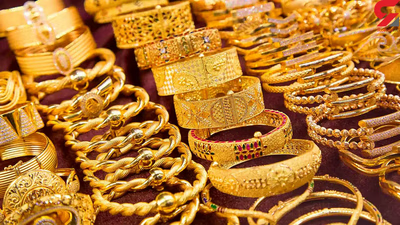
Jewelry trading in West Asia offers various avenues, including established jewelry stores, traditional gold souks, and private sales through personal networks. Reputable stores provide a wide selection of high-quality pieces and knowledgeable staff to assist buyers. Gold souks, like Dubai"s famous Gold Souk, offer extensive options but require caution to ensure authenticity. Networking plays a crucial role in accessing exclusive pieces through private sales. Trade shows and exhibitions are valuable for discovering new designers and establishing industry connections. Buyers should prioritize reputable sources to avoid issues with gemstone quality and pricing discrepancies. The sale of gold differs from jewelry, with specific pricing structures based on daily rates and seller profits. E-commerce platforms have gained popularity for jewelry purchases, but buyers must research sellers thoroughly to ensure secure transactions.
Auction houses also present opportunities for acquiring unique pieces but require knowledge of the auction process. "
-
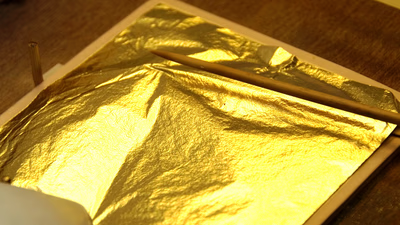
West Asia has a rich history of gold discovery and trade, dating back to ancient civilizations like Mesopotamia, where artifacts from around 3000 BCE were found. Ancient Egypt also played a significant role, mining gold from the Nubian and Eastern Deserts for jewelry and trade. The Persian Empire further contributed to gold accumulation, with kings using it to finance military campaigns. The rise of the Arab Caliphates in the 7th century CE established key trade routes that facilitated gold exchange across Asia, Africa, and Europe, with Baghdad emerging as a center for gold craftsmanship. Gold"s allure continued through history, being used in various important objects and maintaining its status as a precious metal. In modern times, China has become the largest producer of gold, while countries like Saudi Arabia and the UAE have significant reserves. Dubai has evolved into a major trading hub for gold, showcasing its ongoing importance in global markets. "
-
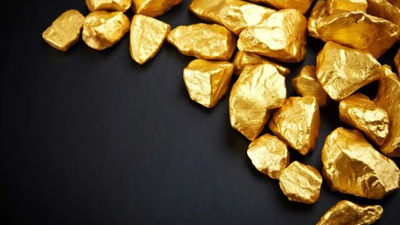
Gold has been a valuable medium of exchange for over 6,000 years due to its rarity and durability. While its use as currency has diminished, gold remains integral in various industries, particularly electronics. It is a key component in devices like smartphones and computers, where it serves as a reliable conductor that resists corrosion. The demand for gold in electronics is significant, with billions of mobile phones produced annually, each containing small amounts of gold. Additionally, gold"s applications extend to dentistry and medicine, where it is used for fillings and certain treatments. In aerospace, gold"s unique properties make it essential for spacecraft components, reflecting infrared radiation and acting as a lubricant in vacuum conditions. The increasing need for advanced materials suggests that the demand for gold will continue to rise, further solidifying its value in the global market.
-

Identifying second-hand gold jewelry involves examining its physical condition and markings. Look for signs of wear such as scratches, dents, or tarnish, particularly on areas prone to damage like clasps and ring backs. A patina may indicate age, but some prefer this aesthetic. Repairs can also signal pre-ownership; check for solder marks or resized bands. Hallmarks provide insight into purity and age, but be cautious of forgeries. The gold"s carat indicates its purity level, with 24 carat being pure gold, while lower carats contain other metals for durability. Different regions have varying standards for gold grades; for instance, 18 carat is common in Iran while Arab countries often use between 20 and 24 carats. New jewelry typically comes with packaging and documentation that may be absent in second-hand pieces.
Pricing can also be a clue; second-hand items are generally less expensive than new ones. Always consider the source when purchasing to ensure authenticity. "
-
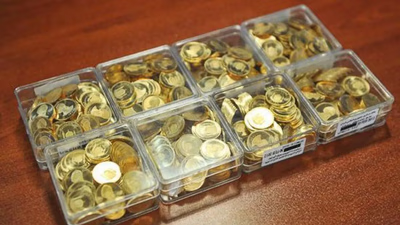
West Asia has long been a pivotal center for gold trading, leveraging its strategic location to facilitate trade between Europe, Asia, and Africa. Historical empires like the Persian Empire and the Ottoman Empire significantly influenced the development of this market. Gold is culturally significant in West Asian societies, symbolizing wealth and status, often exchanged during weddings and celebrations. Major trading hubs include Dubai, Istanbul, and Manama, which attract global buyers and sellers. The region boasts a robust financial infrastructure supporting gold investments through bullion banks and gold ETFs. Middle Eastern central banks maintain substantial gold reserves to diversify their holdings and stabilize currencies. Countries like the UAE, Saudi Arabia, and Turkey are notable for their significant reserves. Gold"s unique properties—its resistance to corrosion and tarnishing—make it a preferred choice for jewelry, particularly wedding bands.
The demand for gold surges during festive seasons such as Eid and Diwali, reflecting its status as a store of value. Additionally, West Asia is celebrated for its exquisite gold craftsmanship, with skilled artisans creating intricate designs that enhance the allure of gold jewelry. "








